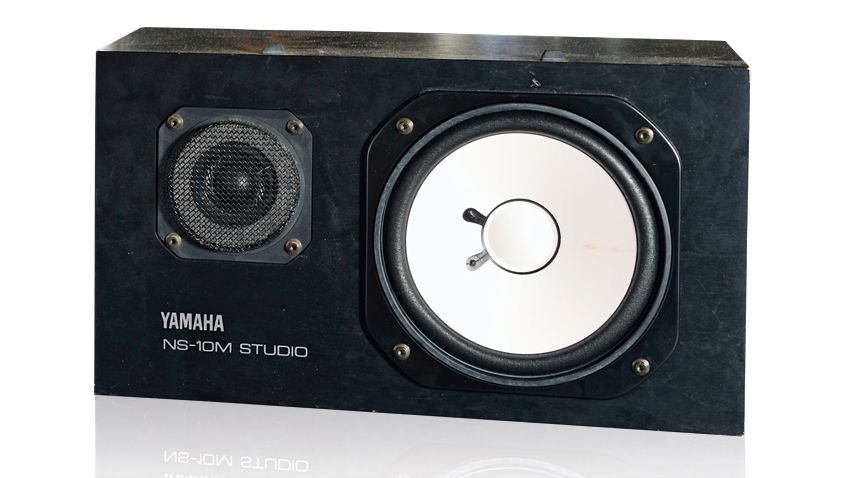I don't wish to argue about "why" the NS10M became popular - I have heard and read several versions, including the one you refer to - and one more from someone who said he was in a position to know, saying that many were given away free to recording engineers. Personally I have no insight except that I have measured and heard the products, and spent time with the designers, who also went through a double-blind evaluation of their own products. They took notes. The products are what they are and the chips will fall where they may.
According to the designer, the NS10M was designed to be used by consumers in relatively reflective rooms, placed close to a wall for bass reinforcement and auditioned at a large distance at which the radiated sound power was assumed to be the dominant factor. It was not designed to be a near-field monitor, placed on the meter bridge in the open (no bass reinforcement) and auditioned at a distance of about 3 ft where the direct sound (on-axis response modified by a console reflection) would be the dominant factor. These are almost diametrically opposite uses.
At the time the Auratone 5C was in widespread use as a loudspeaker representing what many consumers were listening to - mixing for the audience was the notion. It was a simple small cone speaker in widespread use in TVs and elsewhere installed in a small box - absolutely nothing special. Whatever other arguments are put forward, it is hard to ignore the fact that the professional version of the NS10M measured and sounded remarkably like the Auratone, but with more extended bass and much better production quality control. The Auratones were highly variable. See the attached curves, which include a curve of a more recent Yamaha monitor (Figure 12.11 from the 3rd edition - there are more to be seen there). Yamaha clearly walked away from a market for their NS10M Pro and its seeming ability to reveal audible secrets. So, equalize the new one to have the frequency response of the old one when needed - too logical?
There is another school of thought, supported by work and writings of Philip Newell, that claims the advantage to be uncommonly "tight" bass. To all of these perspectives I would add one thought - why not use equalization? In fact, these days does anyone NOT equalize a monitor loudspeaker? Simply start with a broadband, neutral monitor and if one wishes to focus on specific bands of frequencies during a mix dial/switch in the appropriate equalization. Loudspeaker transducers are minimum phase devices so the time-domain performance follows the amplitude-domain (anechoic frequency response) curve. At bass frequencies there is not even a consideration of directivity to be concerned about - EQ is king. Tight bass, loose bass, fat bass, thin bass, all are possible with EQ. In my discussions of such things with several pros I got the kinds of responses typical of many consumers - they really didn't understand how loudspeakers work, but they know what they hear and they have "ideas".


